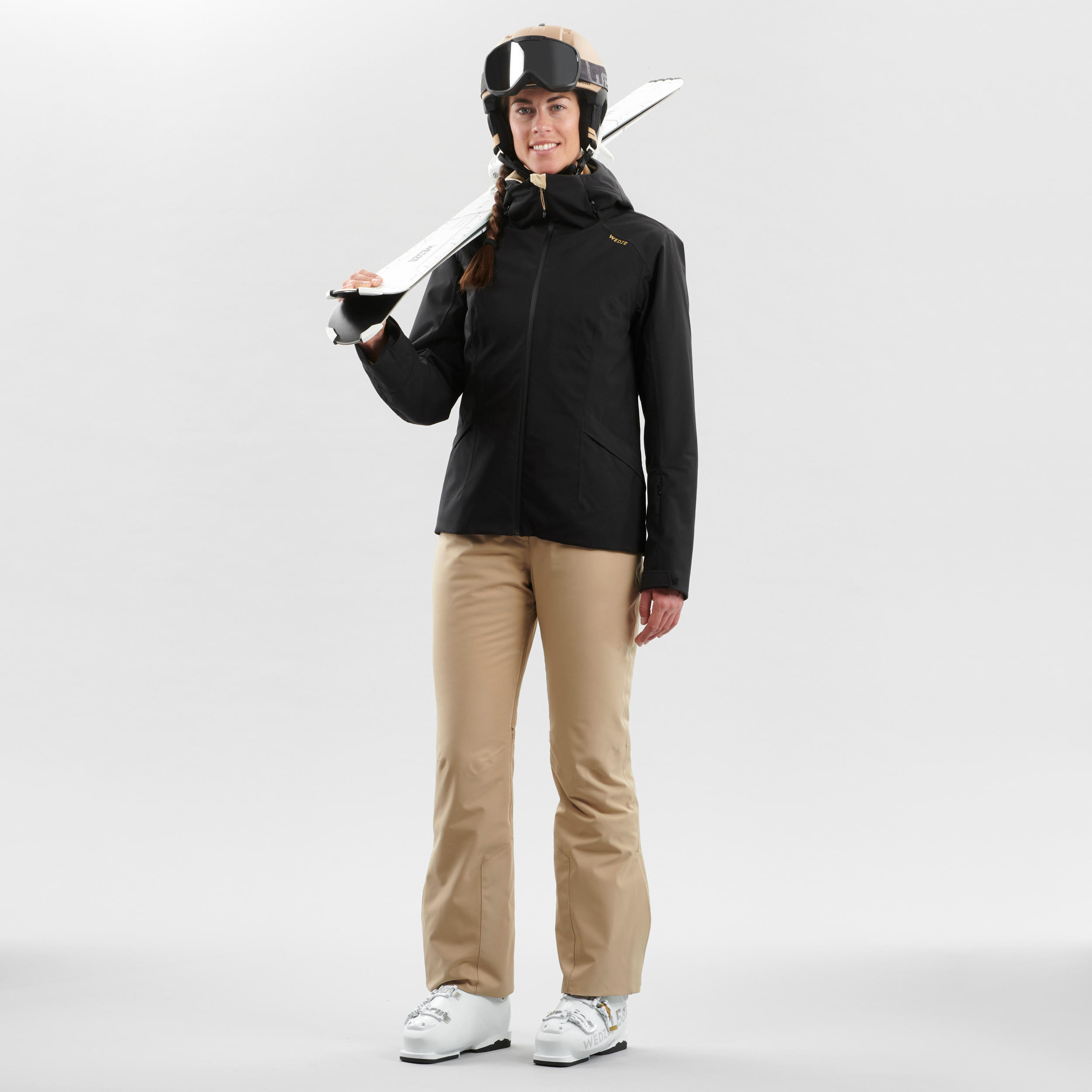















wedze
Women's Down Ski Jacket - 500 Warm Black
-35%
$90.00
$140.00
Do you ski regularly? This jacket’s down padding provides plenty of warmth. In addition to being very warm, this jacket has a waterproof membrane and taped seams for excellent protection against bad weather.
4.2/5
(9 )
5
6
4
1
3
1
2
0
1
1
77%
Thu, Mar 14, 2024
Rewards from friends
Andy
-
: 3 to 8 weeks
: [object Object]
Some random dudes were buying some stuff to go on their skiing trip and I volunteered to let them use my decathlon card to redeem points etc!
| Warmth | 5 | |
| Value for money | 5 | |
| Waterproof | 5 | |
| Breathability | 5 |
Tue, Mar 05, 2024
Mr
Stanley
-
: 3 to 8 weeks
: [object Object]
Nice bargain item Fit UK weather
| Waterproof | 5 | |
| Breathability | 4 | |
| Value for money | 5 | |
| Warmth | 5 |
Tue, Mar 05, 2024
Bad stitching
NAVANEETTHA
: 3 to 8 weeks
: [object Object]
Worn just a few times, each time the feather inside the jacket keeps coming out of the stitches
Sat, Jan 13, 2024
Best
Das
: 8 to 12 months
: [object Object]
Very nice..
Mon, Dec 25, 2023
Five!
Aaron
-
: 3 to 8 weeks
: [object Object]
Fulfilled all expectations!
| Breathability | 5 | |
| Waterproof | 5 | |
| Warmth | 5 |
Wed, Oct 18, 2023
Anita
-
: 3 to 8 weeks
: [object Object]
Amazing product
| Waterproof | 5 | |
| Warmth | 5 | |
| Breathability | 5 |
Mon, Sep 11, 2023
Sukanya
-
: 3 to 8 weeks
: [object Object]
Feathers are coming out of it
Mon, Jul 10, 2023
Nitisha
-
: 4 to 6 months
: [object Object]
Definitely waterproof. Trekked down in hailstorm wearing this and not a drop of water went inside. Warm as well, but you need to pair it up with other fleece layers. The only issue is that some of the down feather would keep coming out if it is folded too tight along the inne
r lining, so you would want to minimize the folds or not press it too much while storing or packing.
...| Breathability | 3 | |
| Waterproof | 5 | |
| Warmth | 4 |
Fri, May 05, 2023
ankita
-
: 8 to 12 months
: [object Object]
The flies/duck feather comes out but one or two but this jacket has been a live saver for me Best purchase and thanks to Rahul for getting me the exact size inspite of it availability he managed to deliver it to my home directly Many many thanks and a job by him
| Breathability | 5 | |
| Waterproof | 4 | |
| Warmth | 5 |